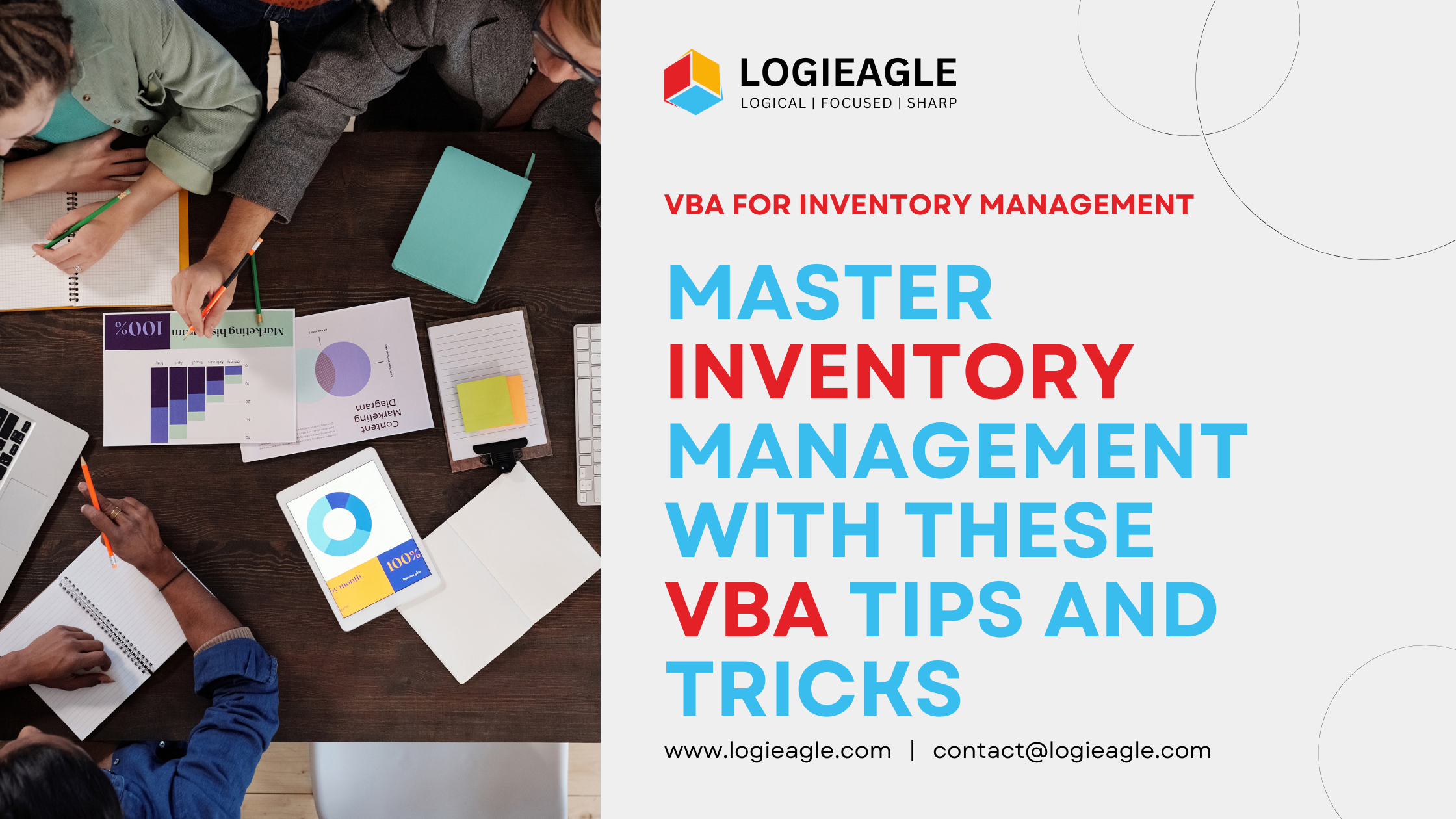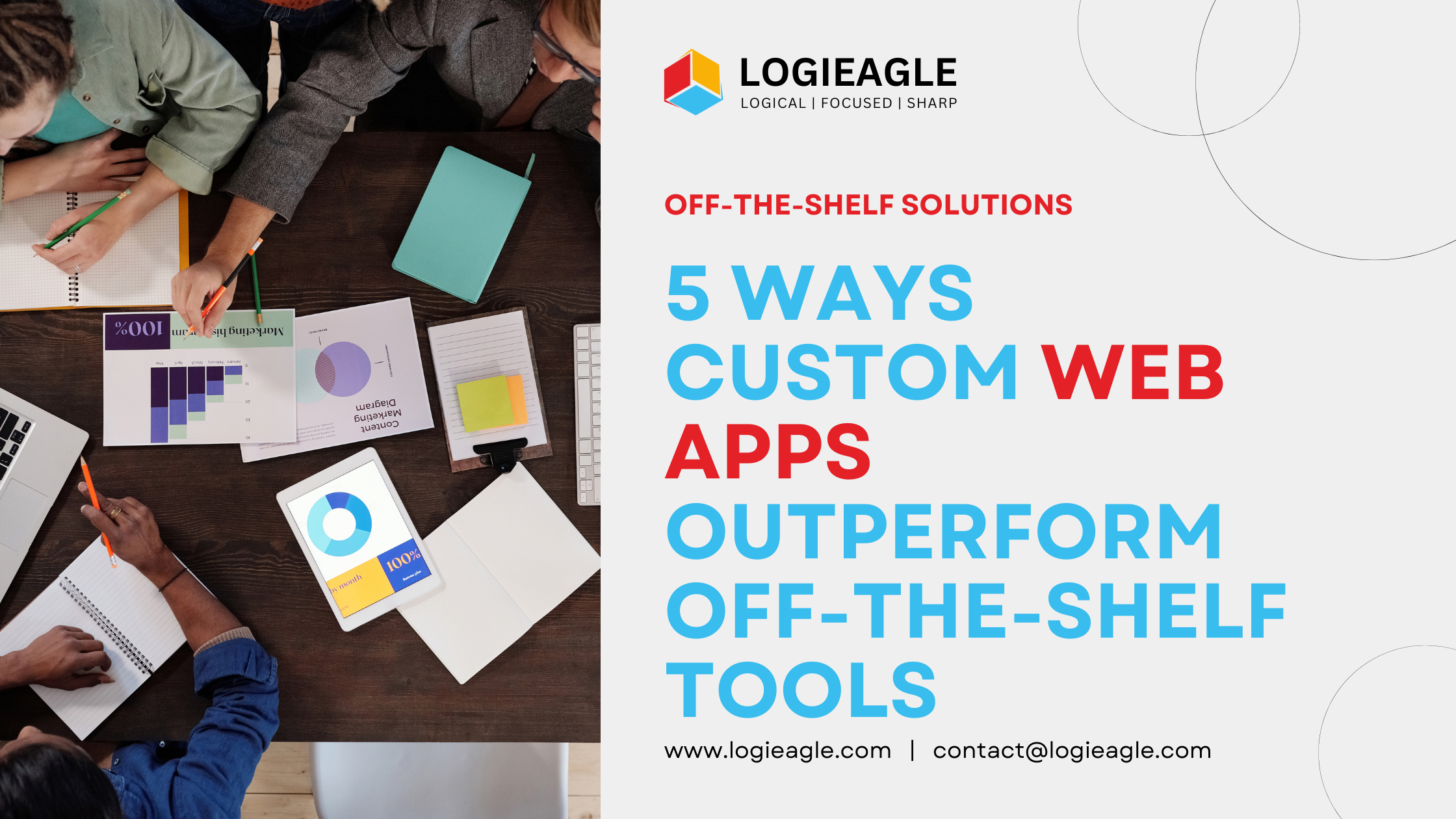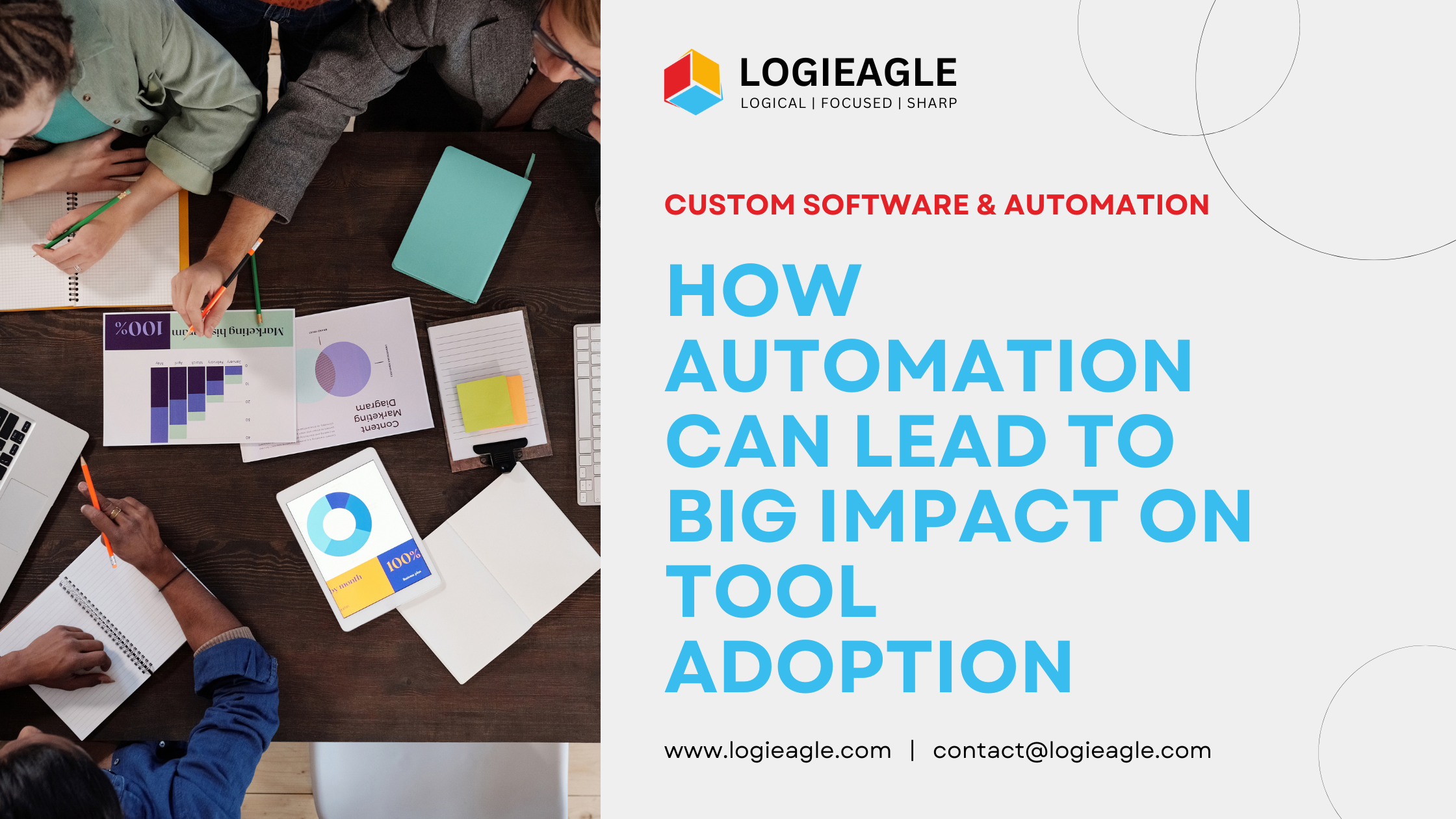
Maximize User Retention in Mobile Apps with Gamification
In today’s competitive app market, keeping users engaged is just as crucial as acquiring them.Gamification has emerged as a powerful strategy to boost user retention in mobile apps,transforming routine interactions into engaging experiences that keep users coming back for more.
Think of gamification as adding game-like elements to non-gaming applications. These elements include:
- Achievement badges
- Point systems
- Progress tracking
- Leaderboards
- Rewards
- Challenges
User retention directly impacts an app’s success and profitability. Research shows that acquiringa new user costs 5 times more than retaining an existing one. When users stay engaged with your app, they’re more likely to:
- Make in-app purchases
- Recommend the app to others
- Provide valuable feedback
- Become brand advocates
The psychology behind gamification taps into fundamental human desires for achievement, recognition, and progress. By incorporating these elements strategically, apps can create compelling experiences that naturally encourage continued use.
This guide explores proven gamification strategies to maximize user retention in mobile apps.You’ll discover how to implement effective game mechanics, measure success metrics, and create engaging experiences that transform casual users into loyal customers.
Understanding Gamification in Mobile Apps
Gamification transforms traditional mobile app experiences into engaging, game-like interactions by incorporating specific game design elements into non-gaming contexts. This strategic approach turns routine tasks into rewarding activities that captivate users and drive consistent engagement.
- Points and scoring systems
- Achievement badges
- Progress bars and levels
- Leaderboards and rankings
- Virtual rewards and currencies
- Challenges and quests
- Character customization
- Social competition elements
These game mechanics create a dynamic user experience by tapping into fundamental human desires for achievement, status, and recognition. When you complete a task in a gamified app, you receive instant feedback through points, badges, or level-ups – creating a satisfying sense of progress.
The impact of gamification on user behavior is significant. Apps with well-implemented game mechanicssee:
- 40% increase in daily active users
- 250% higher user engagement rates
- 3x longer session durations
- 20% boost in user-generated content
Popular apps like Duolingo leverage gamification through daily streaks and XP points to maintain user commitment. Starbucks Rewards uses a star-based system to encourage repeated purchases, while fitness apps implement achievement badges to motivate consistent workout routines.
The psychological rewards of gamification drive intrinsic motivation, pushing users to return to your app regularly. This sustained engagement creates habits, fostering a deeper connection between users and your app’s core features.
Psychological Aspects of Gamification
The human brain responds powerfully to gamified elements through a fascinating neurological process. When users complete tasks, unlock achievements, or receive rewards in mobile apps, their brains release dopamine – a neurotransmitter associated with pleasure and satisfaction.
This biochemical response creates a positive feedback loop:
- Achievement unlocked !’ Dopamine release !’ Feeling of pleasure !’ Desire to repeat action
- Progress visualization !’ Anticipation of reward !’ Increased motivation !’ Sustained engagement
- Social recognition !’ Enhanced self-esteem !’ Strengthened app loyalty !’ Regular usage patterns
The brain’s reward pathways play a crucial role in forming lasting user habits. Apps that implement strategic reward timing – such as daily login bonuses or streak rewards – tap into these neural circuits. Users develop a psychological attachment to their progress and achievements, making the app an integral part of their daily routine.
The sense of accomplishment in gamified experiences drives deep user satisfaction through:
- Milestone celebrations that mark progress and growth
- Personal achievement records that showcase individual journey
- Skill mastery indicators highlighting user development
- Visual progress bars creating anticipation of next-level rewards
Apps like Duolingo and Fitbolt demonstrate this psychology in action – users stay engaged not just for the core functionality, but for the satisfaction of maintaining streaks, earning badges, and climbing leaderboards. This psychological engagement transforms routine tasks into rewarding experiences, creating a powerful foundation for long-term user retention.
Benefits of Gamification for User Retention
Gamification drives remarkable improvements in user engagement metrics. Apps with gamified elements see 2-3x longer session times compared to non-gamified counterparts. Users become invested in completing challenges, earning rewards, and progressing through achievement levels.
Gamification significantly boosts user engagement by making the app experience moreinteractive and enjoyable. With features like challenges, rewards, and achievement levels, users are motivated to spend more time on the app and actively participate in its activities.
The inclusion of social sharing features in gamified apps can greatly enhance their visibility.When users share their accomplishments on social media or with friends, it creates organic promotion for the app. This word-of-mouth marketing can lead to more downloads and new users joining the app community.
The inclusion of social sharing features in gamified apps can greatly enhance their visibility.When users share their accomplishments on social media or with friends, it creates organic promotion for the app. This word-of-mouth marketing can lead to more downloads and new users joining the app community.
Several real-world examples highlight the positive impact of gamification on revenue generation:
Pokemon GO generated $1.2 billion in revenue through in-app purchases of items like Pokeballs and lures
Duolingo’s Super Duolingo subscription saw a 71% increase in paying users after introducing competitive leagues and streak rewards
The combination of extended session times, viral sharing mechanics, and strategic monetization creates a powerful retention engine that keeps users actively engaged while driving sustainable business growth.
Key Approaches to Maximize User Retention with Gamification
Create engaging first-time user experiences through gamified tutorials. Break down complex features into bite-sized, interactive lessons where users earn rewards for completing each step.Apps like Canva implement this strategy by guiding users through basic design tools while awarding achievement badges, resulting in a 78% increase in new user retention.
Build a tiered rewards system that recognizes and celebrates user dedication:
- Daily login bonuses with increasing value
- Exclusive content unlocks at milestone achievements
- Special privileges for long-term users
- VIP status with unique customization options
Drive user engagement through limited-time events:
- 24-hour Flash Challenges – Quick tasks with immediate rewards
- Weekly Tournaments– Competitive events with leaderboard rankings
- Seasonal Events – Theme-based challenges tied to holidays or special occasions
Popular fitness app Strava exemplifies effective time-sensitive challenges by hosting monthly distance competitions, pushing users to complete specific goals within set timeframes. This approach has helped maintain an 80% user retention rate through consistent engagement opportunities.
Combine these strategies with personalized push notifications to alert users about new challenges, reward availability, and progress updates. Apps like Duolingo use this method to remind users of their daily streaks, resulting in a 62% increase in daily active users.
Measuring Success in Gamified Mobile Apps
Successful gamification requires careful tracking of key performance indicators to validate your strategy’s effectiveness. Here’s what you need to measure:
- Daily Active Users (DAU)
- Monthly Active Users (MAU)
- Average Session Duration
- Number of Sessions per User
- Day 1 Retention
- Day 7 Retention
- Day 30 Retention
- Cohort Analysis for Long-term Patterns
- Free-to-Paid User Conversion
- In-app Purchase Rate
- Premium Feature Adoption
- Subscription Upgrades
Tracking these metrics helps identify which gamification elements resonate with your users. For example, if your DAU spikes during limited-time events, you might want to increase their frequency. Similarly, cohort analysis can reveal whether specific gamification features lead to higher long-term retention.
The conversion rate serves as a direct indicator of your monetization success. Apps with effective gamification typically see conversion rates between 2-5% for free-to-paid users. Track these conversions against specific gamified features to optimize your revenue strategy.
Key Approaches to Maximize User Retention with Gamification
Successful gamification design hinges on creating intuitive and engaging interactions that feel natural to users. Your app’s game mechanics should blend seamlessly with its core functionality, making the experience both enjoyable and purposeful.
- Clear Visual Feedback: Animated rewards, progress indicators, achievement notifications, dynamic UI responses
- Intuitive Controls: Single-tap actions, gesture-based navigation, simplified menu structures, quick-access features
Fresh content keeps users coming back to your app. A dynamic content strategy includes:
- Regular Updates: Weekly challenges, seasonal events, new reward tiers, special missions
- Progressive Difficulty: Skill-based matchmaking, adaptive challenge levels, personalized goals, achievement milestones
- Social Integration: Team competitions, friend challenges, global events, community rewards.
Your gamification design should create a balanced ecosystem where users feel both challenged and capable. Popular apps like Strava maintain user engagement by introducing new monthly challenges, while Duolingo uses personalized daily quests to keep learning fresh and exciting
Remember to test your gamified elements with real users to ensure they enhance rather than complicate the core experience. A well-designed system makes users feel empowered and motivated to return to your app naturally
Conclusion
Gamification is a powerful tool for improving user retention in mobile apps. By using game-like features, such as
achievement systems and rewards, app developers can create an enjoyable experience that encourages users to
return.
The data shows that gamification works:
- Higher engagement rates through achievement systems
- Increased user loyalty via reward mechanisms
- Improved monetization through strategic gamification elements
Your app’s success depends on its ability to keep users coming back, and gamification can help you achieve that. By applying the strategies outlined in this article, you’ll be able to create an app experience that not only attracts users but also keeps them actively engaged over time.
 Master Inventory Management with These VBA Tips and Tricks
Master Inventory Management with These VBA Tips and Tricks
 Timing Your Investment: The Key to Successful Business Automation
Timing Your Investment: The Key to Successful Business Automation
 5 Ways Custom Web Apps Outperform Off-the-Shelf Tools
5 Ways Custom Web Apps Outperform Off-the-Shelf Tools
 Evaluating ERP Vendors in 2025: What You Need to Know
Evaluating ERP Vendors in 2025: What You Need to Know
 How automation can lead to Big Impact on Tool Adoption
How automation can lead to Big Impact on Tool Adoption
 How to Use Excel Macros to Enhance Team Efficiency
How to Use Excel Macros to Enhance Team Efficiency
 From Idea to Prototype: Build Your Product Without a Dev Team
From Idea to Prototype: Build Your Product Without a Dev Team
 Boost Your Small Business Credibility by Avoiding These 7 Common Website Mistakes
Boost Your Small Business Credibility by Avoiding These 7 Common Website Mistakes
 Boost Your SME's Success with Smart UX Design
Boost Your SME's Success with Smart UX Design
 The Future of ERP: Lightweight Tools for Growing Companies
The Future of ERP: Lightweight Tools for Growing Companies